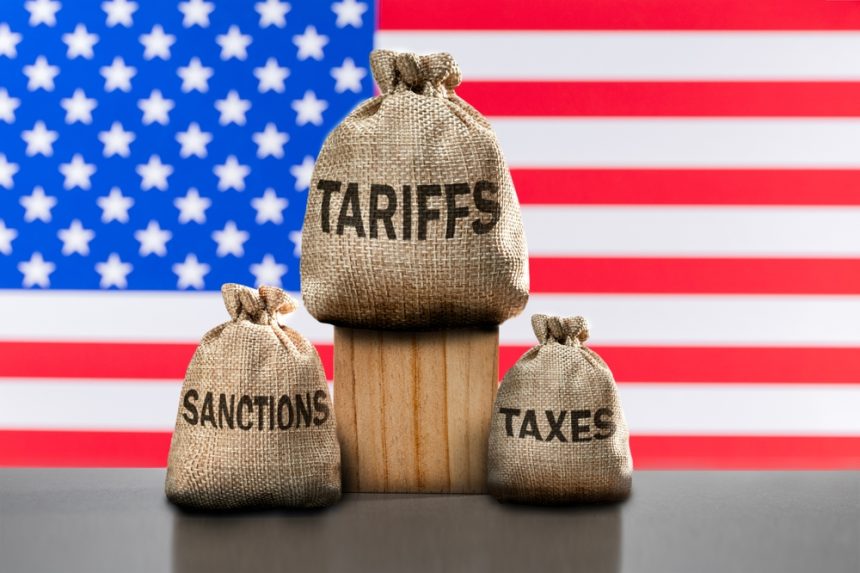Initial impact muted
When President Donald Trump imposed new tariffs, many feared a wave of price hikes on everyday goods. Yet inflation has stayed contained so far, with the consumer rate at 2.7%, lower than the level when he took office. Stockpiled imports and retailers absorbing costs have shielded shoppers from the immediate fallout.
Warning signs ahead
Economists caution that this relief is temporary. Once inventories of pre-tariff goods run out, companies will be forced to pass on higher costs. Columbia University’s Laura Veldkamp noted that “it’s just a matter of when” firms begin raising prices. The Yale Budget Lab estimates the tariff burden could add $2,400 to household costs this year, pushing the effective rate to its highest since the 1930s.
Corporate strain and rising risks
Some industries are already feeling the pinch. Automakers including General Motors, Volkswagen and Stellantis reported more than $1 billion in losses over a single quarter. Perishable food importers, unable to stockpile, have faced rising costs immediately. Retailers like Walmart have signaled that price hikes may become unavoidable to protect margins.
Gradual consumer squeeze
Experts expect the inflationary effect to hit gradually across categories. Kyle Handley of UC San Diego explained that firms are running out of tariff-free stock at different rates, meaning the impact will surface unevenly. Back-to-school apparel, fresh produce and new vehicles are likely among the first items to climb in price. As Elizabeth Renter of NerdWallet put it, businesses can only hold off for so long before costs reach consumers.






